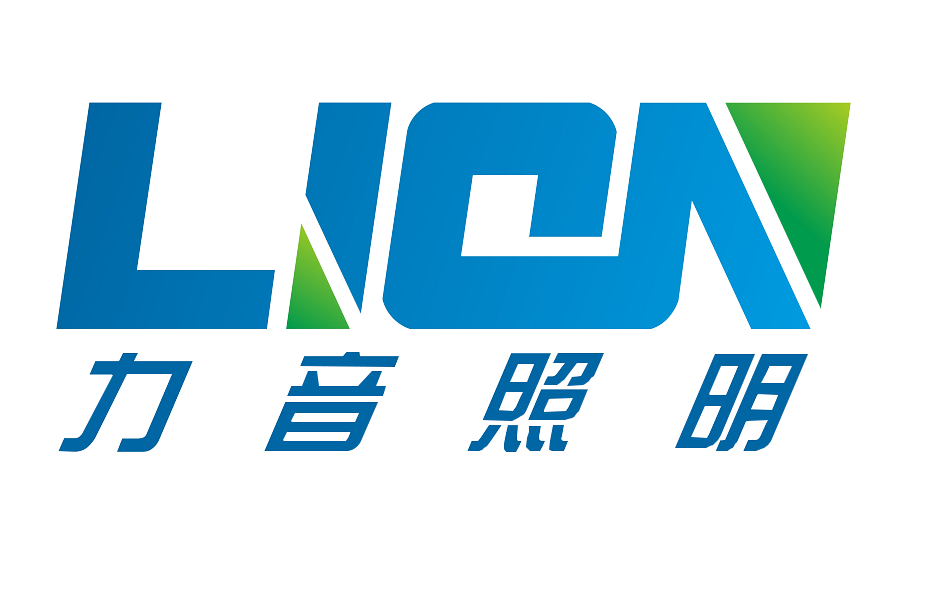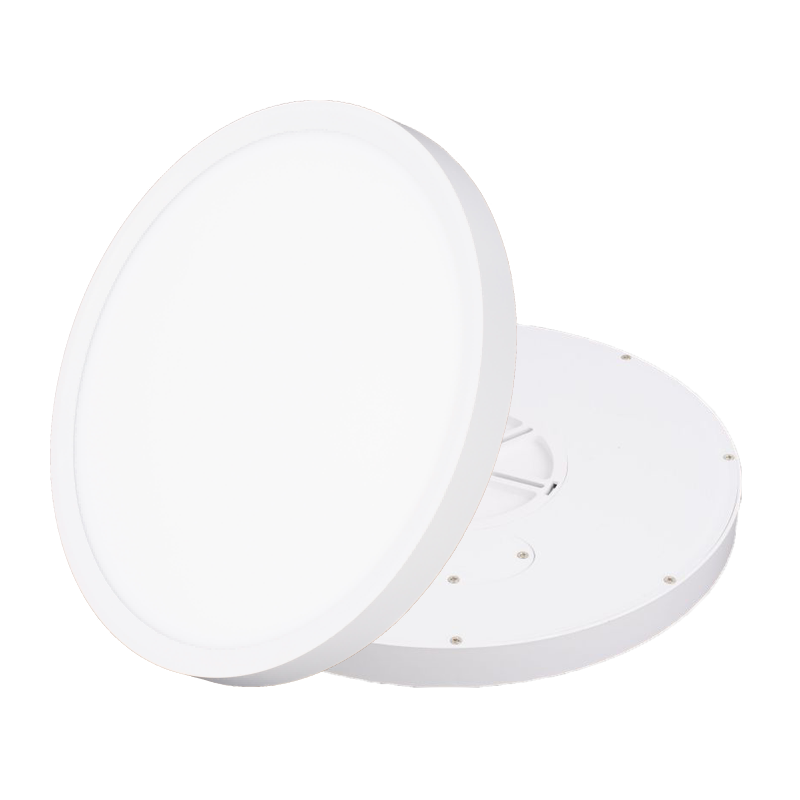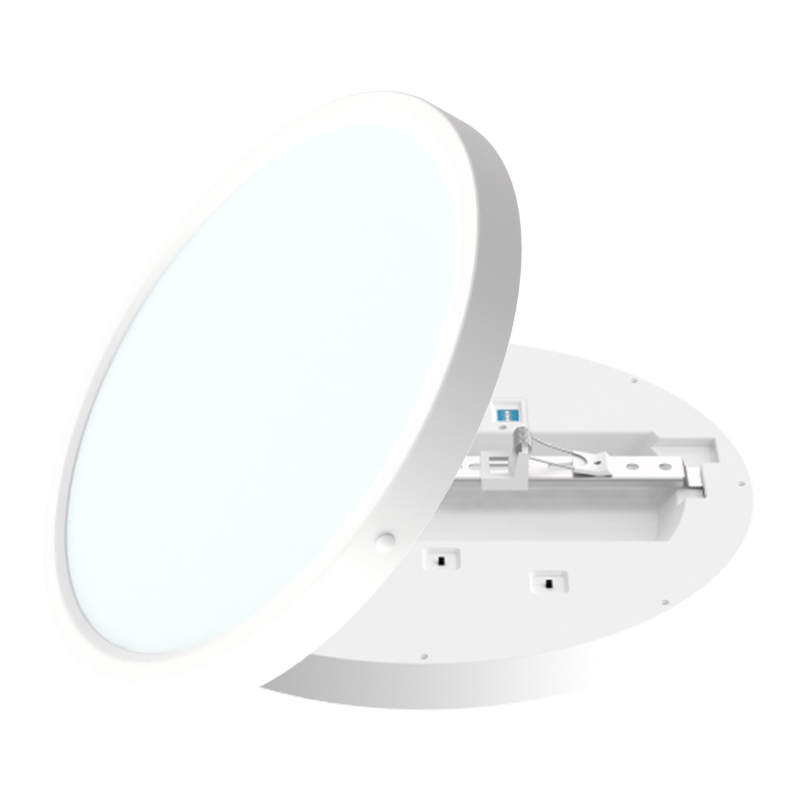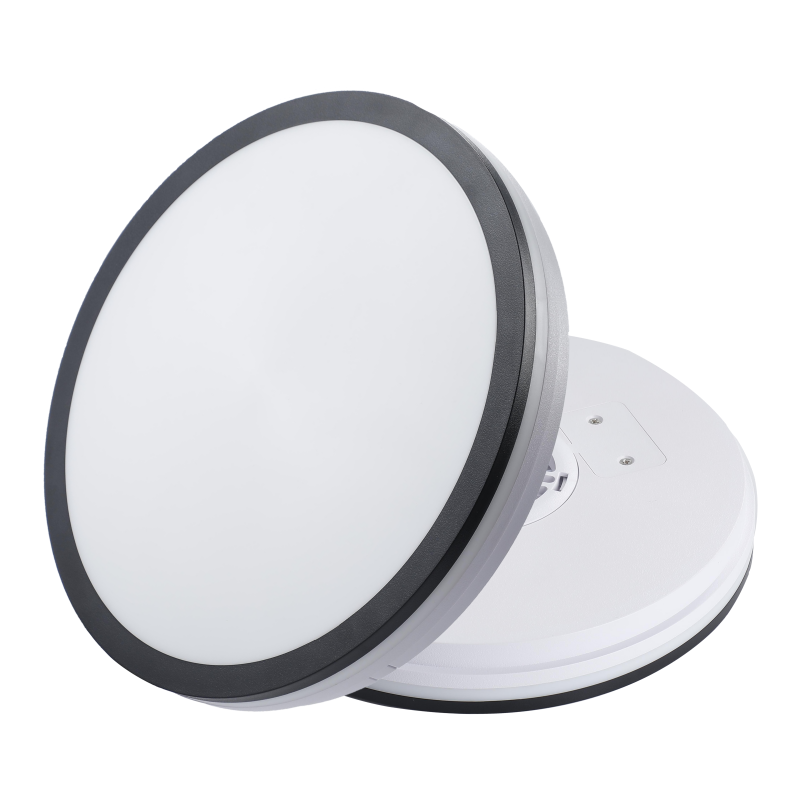Against the backdrop of a surge in orders, improving production efficiency is a core link for lighting enterprises to meet challenges. By optimizing production processes, upgrading equipment and technology, and scientifically managing human resources and supply chains, enterprises can rapidly increase production capacity while ensuring quality to meet market demand.
I. Intelligent and Automated Transformation of Production Processes
Intelligence and automation are key means to improve production efficiency, which can significantly reduce manual intervention and enhance production continuity and accuracy.
(1) Introducing Automated Production Equipment
In links with high repeatability such as lamp assembly, welding, and polishing, introduce industrial robots and automated production lines. For example, intelligent welding robots can achieve precise welding of metal components of lamps, with welding efficiency 3-5 times higher than that of manual work, and the welding quality is more stable, with the disqualification rate controllable within 0.3%. The automatic assembly line can complete the combination of lamp bases, lamp shades, light sources and other components according to preset procedures, capable of assembling 500-800 products per hour, far exceeding the 100-200 pieces by manual work.
(2) Building a Digital Production Management System
Adopt MES (Manufacturing Execution System) for real-time monitoring and scheduling of the entire production process. The system can collect real-time data such as equipment operation, production progress, and material consumption, and optimize production plans through data analysis. When a production line breaks down, the system can automatically alarm and quickly deploy other production lines to take over the tasks, avoiding production interruption. At the same time, the system can reasonably arrange the production sequence according to order priorities to ensure that urgent orders are produced first, shortening the delivery cycle.
(3) Implementing a Flexible Production Mode
Establish modular production units, and quickly adjust the combination mode of production modules according to the models and specifications of different lamps. For instance, the same production unit can complete the production switch from chandeliers to wall lamps within 1-2 hours by replacing molds and programs, without the need to rebuild the production line, which greatly improves production flexibility and response speed, especially suitable for the order demand of multiple varieties and small batches.
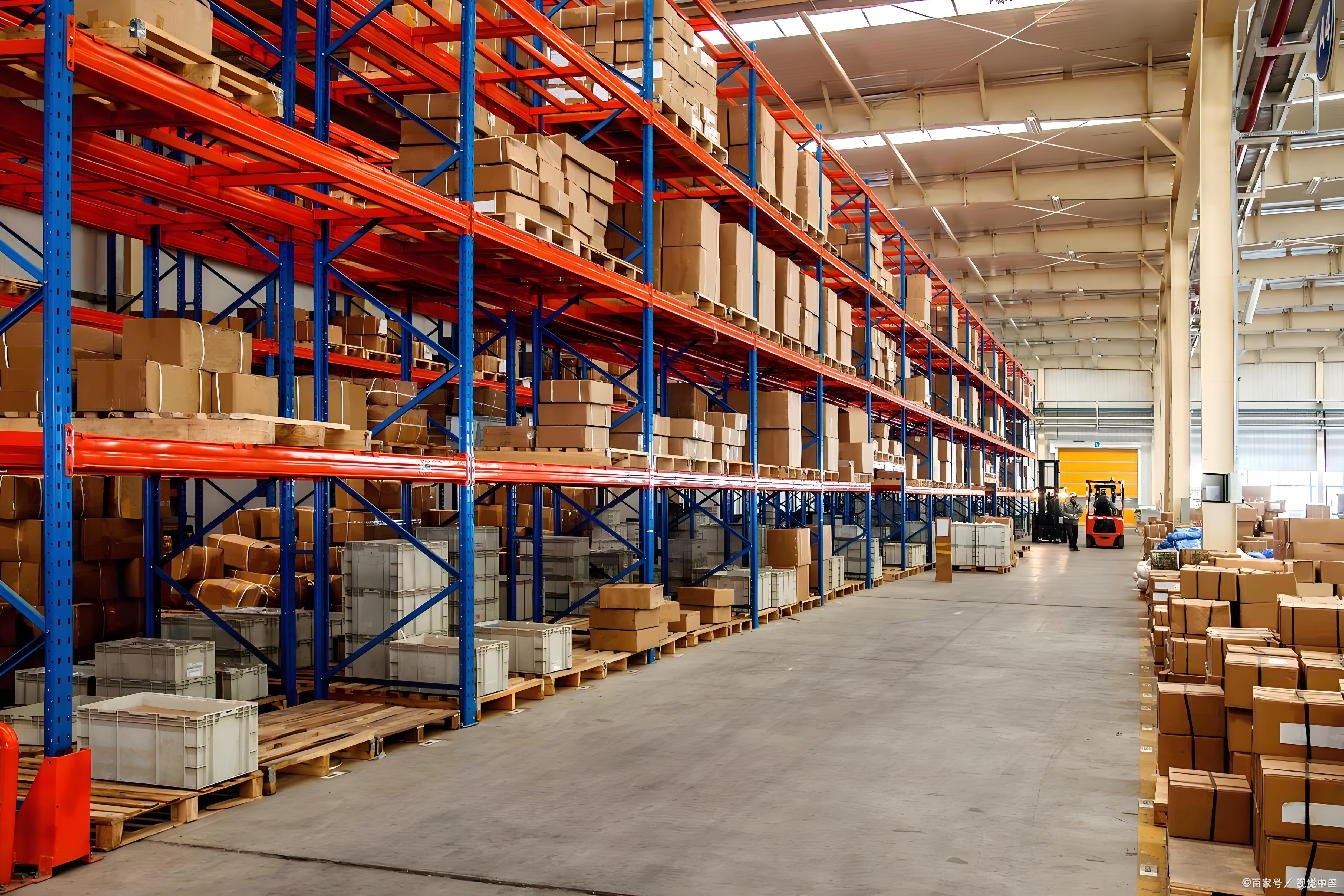
II. Efficient Allocation and Management of Human Resources
In the case of a surge in orders, scientific management of human resources can give full play to human efficiency and avoid labor waste and fatigue work.
(1) Optimizing Scheduling and Rotation Systems
Implement a multi-shift rotation system, such as the "four-shift three-operation" system, to ensure that the production line runs 24 hours without interruption. At the same time, reasonably arrange employees' rest time and adopt a flexible working system to adjust employees' working hours according to production tasks, avoiding efficiency decline and increased error rates caused by employees' long-term high-intensity work. For example, during the peak production period, employees can be arranged to work 8-10 hours a day and rest 1-2 days a week to ensure that they have enough energy to put into work.
(2) Strengthening Employee Skill Training
Carry out targeted skill training to enable employees to master the operation and maintenance skills of automated equipment, as well as new production processes and procedures. Quickly improve employees' operating skills through methods such as "veteran employees mentoring new ones" and "skill competitions". Meanwhile, cultivate employees' multi-post competence, so that they can be flexibly deployed among different production links. When there is a shortage of manpower in a certain link, employees from other links can promptly supplement, ensuring the smooth progress of production.
(3) Establishing Incentive Mechanisms
Set up production efficiency bonuses, quality bonuses, excess task completion awards, etc., to encourage employees to improve work efficiency and quality. Link employees' performance with production indicators such as production quantity, qualification rate, and production speed, so that employees' efforts are proportional to their returns. In addition, provide promotion opportunities and honorary awards to outstanding employees to enhance their sense of belonging and enthusiasm.
III. Supply Chain Collaboration and Optimization of Material Management
A stable and efficient supply chain is the foundation to ensure production continuity. By optimizing material management and strengthening collaboration with suppliers, production stagnation caused by material shortages can be avoided.
(1) Establishing an Emergency Reserve of Raw Materials
For core raw materials such as copper, aluminum, LED chips, and glass covers, establish an emergency reserve that can meet production needs for at least 1-2 months. According to historical order data and market demand forecasts, reserve frequently used raw materials in advance, and regularly check inventory status to replenish stocks in a timely manner. At the same time, sign long-term supply agreements with suppliers to lock in raw material prices and supply quantities, ensuring that enterprises can stably obtain raw materials when raw material prices rise or supply is tight.
(2) Implementing JIT (Just-In-Time) Material Supply Mode
Establish a close information sharing mechanism with suppliers, and share production plans and material demand information in real-time through the supply chain management system. Suppliers deliver materials directly to the production workshop at the specified time according to the enterprise's production progress, realizing "zero inventory" or low inventory management, and reducing material storage costs and capital occupation. For example, when the production line needs a certain type of LED chip, suppliers can deliver the chips within 24 hours, avoiding enterprises from overstocking a large amount of inventory.
(3) Optimizing Material Distribution and Warehousing Management
Adopt an intelligent warehousing system, and realize automatic storage, handling, and sorting of materials through equipment such as automated stereoscopic warehouses and AGVs (Automated Guided Vehicles). The intelligent warehousing system can automatically retrieve required materials according to production needs, and AGVs can accurately deliver them to production stations, reducing time loss in material storage and transportation links. At the same time, classify and manage materials, set up fast channels, ensure that frequently used materials can be accessed quickly, and improve material turnover efficiency.

IV. Balancing Quality Control and Production Efficiency
While improving production efficiency, it is necessary to ensure product quality to avoid rework and returns caused by quality problems, which affect production progress.
(1) Introducing Online Quality Inspection Equipment
Install automated inspection equipment such as visual inspection systems and spectral analyzers on the production line to conduct real-time inspection of the appearance, size, optical performance, etc., of lamps. The visual inspection system can quickly identify defects such as scratches and bubbles on the surface of lamps, with an inspection speed of 10-20 pieces per second; the spectral analyzer can accurately detect parameters such as color temperature and color rendering index of lamps to ensure that products meet quality standards. Once unqualified products are found, the equipment will automatically reject them to prevent them from flowing into the next process.
(2) Implementing Total Quality Management
Strengthen employees' quality awareness training, so that every employee participates in quality control. In the production process, require employees to conduct self-inspection on the products they produce and handle problems in a timely manner. At the same time, establish a quality traceability system to record information such as the production time, operators, and equipment numbers of each product. When quality problems occur, the source of the problem can be quickly traced, and corrective measures can be taken in time to avoid similar problems from happening again.
(3) Optimizing Quality Inspection Processes
Simplify quality inspection links and reduce unnecessary inspection steps on the premise of ensuring quality. For example, for mass-produced standardized products, sampling inspection can be adopted to reduce inspection time; for key components and complex products, full inspection is carried out to ensure quality. At the same time, synchronize quality inspection with the production process to avoid product accumulation waiting for inspection and improve production flow speed.
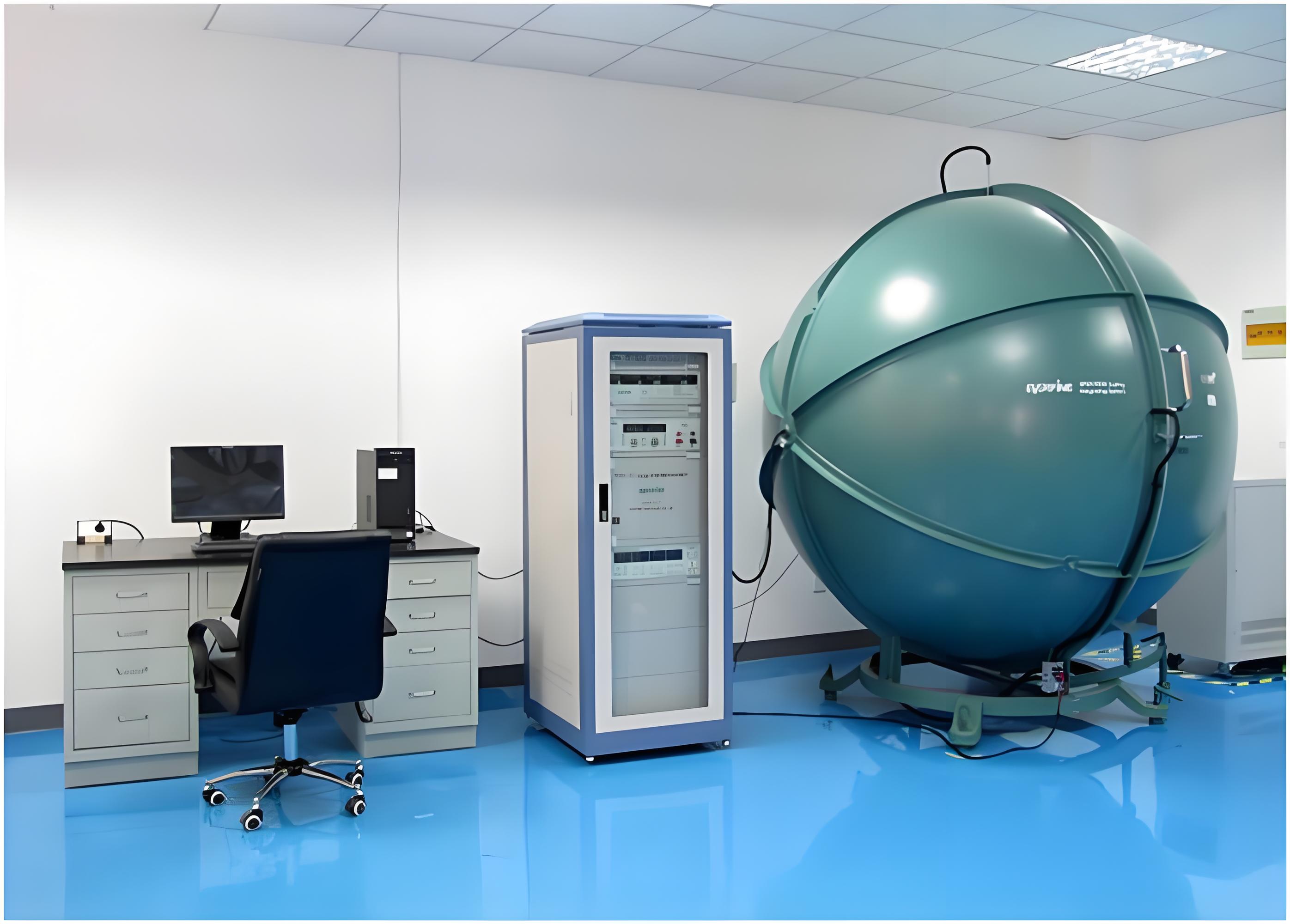
V. Integration and Cooperation of External Resources
When an enterprise's own production capacity cannot meet the order demand, it can quickly improve production capacity by integrating external resources.
(1) Cooperating with Outsourcing Factories
Select qualified outsourcing factories with strong production capacity for cooperation, and outsource some non-core production links or excess orders to them. Before cooperation, conduct strict review and evaluation to ensure that they can meet the requirements of quality and delivery time. At the same time, send technical personnel to guide and supervise the outsourcing factories to ensure that the product quality is consistent with that of the enterprise's own production.
(2) Renting Temporary Production Equipment and Sites
In the peak period of orders, rent production equipment and sites in the short term to quickly expand production scale. For example, renting idle factories and second-hand automated production lines can be put into production after simple debugging, which can save a lot of time and cost compared with building new factories and purchasing new equipment.
(3) Cooperating with Scientific Research Institutions
Cooperate with universities and scientific research institutions to introduce advanced production technologies and processes, and improve the enterprise's production efficiency and product competitiveness. Scientific research institutions can provide customized technical solutions according to the enterprise's needs to help solve technical problems in production, such as improving the luminous efficiency of LED chips and optimizing the heat dissipation structure of lamps.
By taking the above measures, lighting enterprises can comprehensively improve production efficiency and effectively cope with the challenge of a surge in orders. In practice, enterprises should select suitable measures for combined implementation according to their own actual situation, achieve a balance between production efficiency, product quality, and cost control, and ensure an advantageous position in the fierce market competition.
